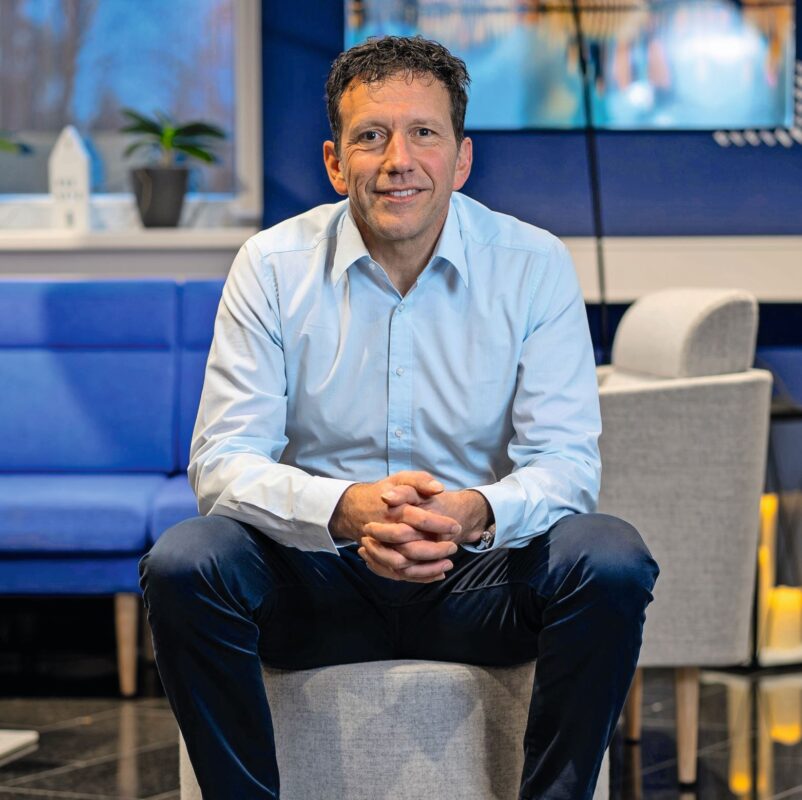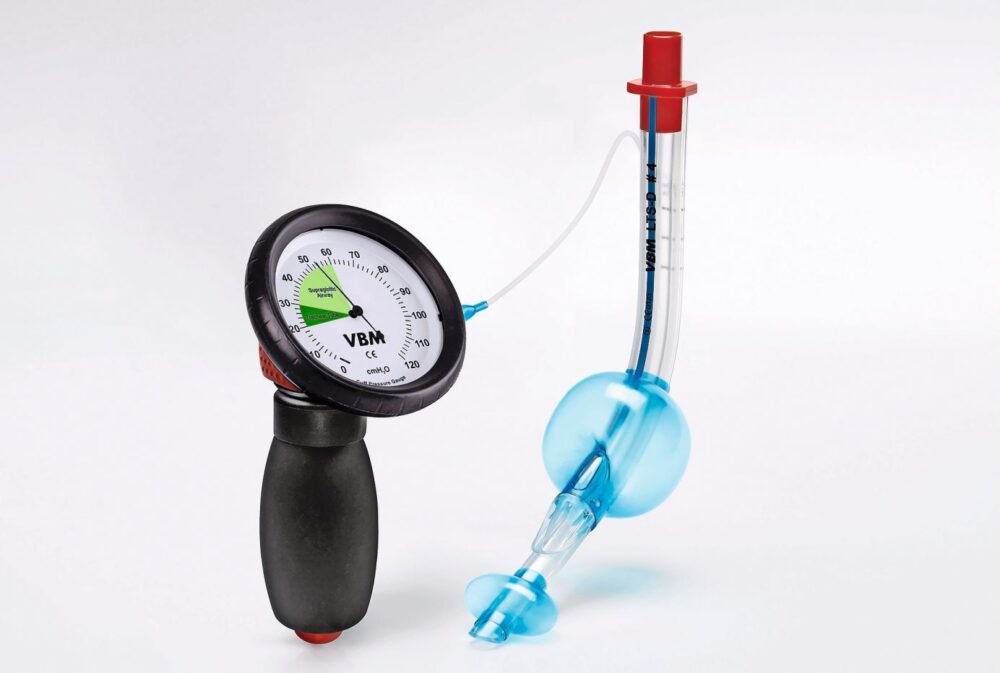Tips for Mobility Projects in Industry
Mobility projects are becoming increasingly relevant in industrial processes. At the same time, mobile apps are becoming increasingly popular. However, they do not achieve the desired increase in efficiency everywhere.

Mobility projects, or mobile technologies, offer companies many new application possibilities. In personnel time recording, for picking in the warehouse, for picking packaging materials or for ordering spare parts: The location-independent exchange of information accelerates processes in administration, production, logistics and service. However, standardized apps "off the shelf" do not always help. That's why many companies opt for a solution tailored to their needs.
In numerous projects, five best practices have emerged for the ERP manufacturer proALPHA. To make your own mobile application worthwhile, ERP manufacturer proALPHA advises you to take five key points to heart:
1. put users in the centre
Business requirements are one thing, employee needs are another: Mobile applications have to meet both. This has nothing to do with "make a wish". If you focus on the user as early as the planning phase, you ensure that the actual user requirements are recorded and implemented, not just assumed ones. This means: The architects understand the context of use of the planned app and map the process steps of the employees in the design process.
This is the only way to create an app that meaningfully supports workers, service staff or warehouse staff with the appropriate functionalities and information. Equally important: an interface optimized for the user experience, visually coordinated with the corporate design. If all of this is implemented correctly, user identification and acceptance will demonstrably increase. In order to avoid costs and project time getting out of hand, most companies refrain from a lengthy individual development. After all, many things can be configured relatively easily today, without any programming knowledge at all.
2. clearly structure the project
Just configure it? That often goes wrong. A launch process essentially consists of seven phases: analysis of the context of use, collection of requirements, conception and prototyping, followed by usability tests. If these tests are successful, the implementation phase starts and last but not least the fine configuration of the solution. If the project follows a solid framework, the chances for project success increase many times over.
3. schedule iterations
However, companies must not make the mistake of stubbornly rushing through this scheme. "Mobile projects require a high degree of flexibility," confirms Daniel Schüllner, Mobile Product Manager at proALPHA. Users should provide feedback at every stage so that their feedback can be incorporated into the ongoing work. This iterative procedure may lead to the fact that concepts and designs have to be adapted again and the planned roll-out date is delayed. This supposed disadvantage usually turns out to be an advantage, because the earliest possible feedback helps to eliminate conceptual errors in good time. Expensive mistakes are thus avoided. Because the functionality corresponds exactly to the needs of the employees, the productivity of the users also increases. The return on investment is therefore significantly higher in iterative projects.
4. watch and change processes
The introduction of a mobile application can of course be based on existing processes. But it also offers the opportunity to critically question processes and make adjustments. The concrete goal of providing an app for a specific business process creates a common basis for discussion. This prevents misunderstandings from arising in the first place or allows them to be quickly resolved. Properly moderated, a mobile project also opens up opportunities to question encrusted structures.
5. evaluate technologies in a goal-oriented manner
On the terrain of mobility, new technologies are springing up like mushrooms. Every week, innovations are announced around new devices, voice assistants or foldable displays. Companies should not blindly jump on everything that is supposedly new and chic. In the end, the cost-benefit ratio has to be right. And to a powerful mobile solution belongs to far more than tablets and scanners.
The success of a mobile project therefore depends on the interaction of several factors: a flexible organization, the orchestration of processes, and technology equipment tailored to the goal. Central, however, are the user requirements. Companies that simply hand over a project to a solution provider for implementation fall short of their potential. Only when they get involved themselves and "take the users with them" from the very beginning do their apps ensure maximum productivity.









